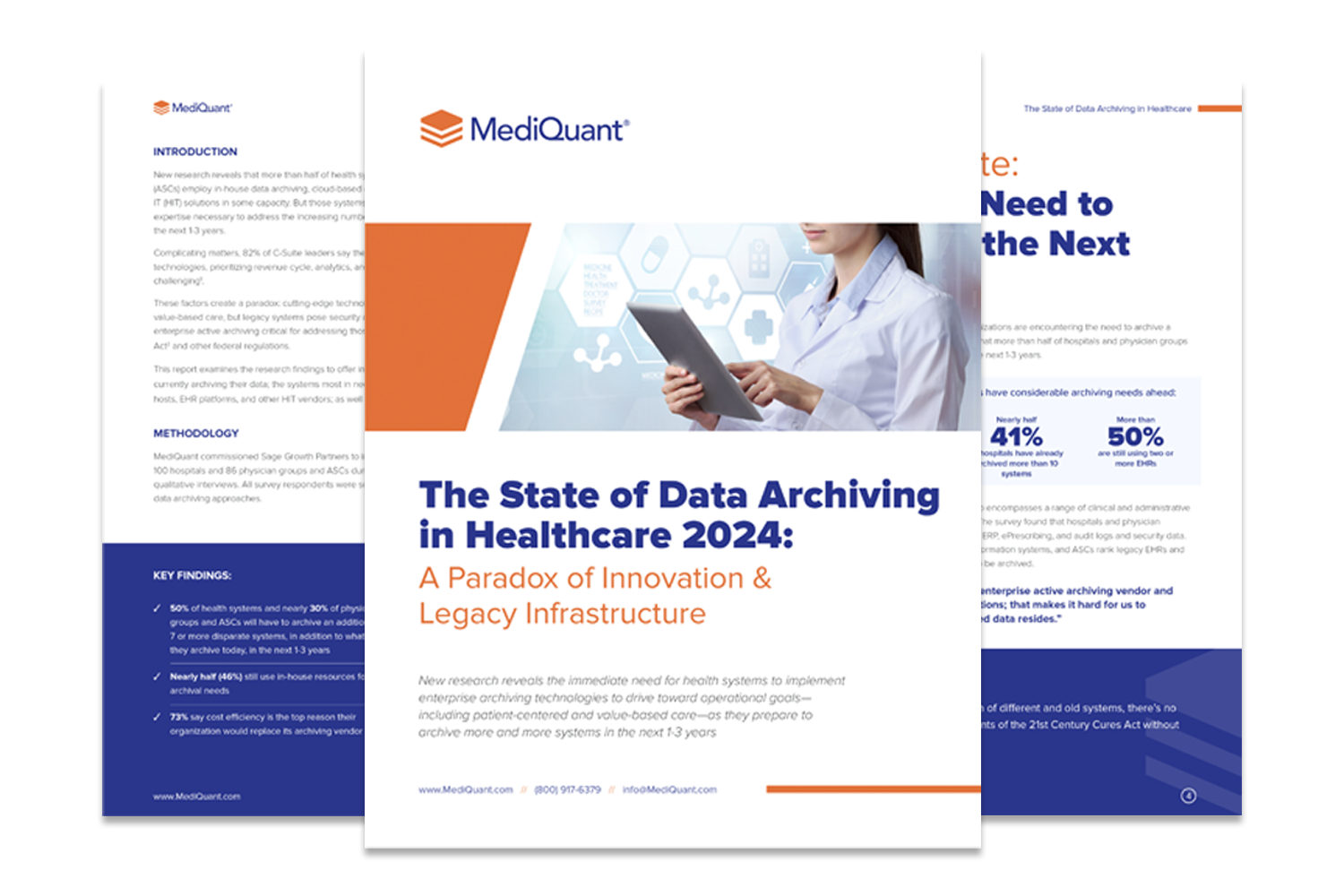Healthcare Information Technology (IT) tools help providers and patients to manage vital health information. They also help improve the quality of care and make healthcare more cost-effective for providers and patients.
According to the Agency for Healthcare Research and Quality, health IT enables providers to manage patient care more efficiently through secure sharing and utilization of health information. Today, the following health IT tools making health information available anywhere on a 24-hour basis.
1. Electronic Health Records
An electronic health record (EHR) system collects digital health information for patients and the larger population. Other names used for this tool include Electronic Medical Record (EMR) and Patient Health Record (PHR).
Simply put, it is a digital version of a patient’s medical history. The primary health provider usually maintains the EHR. A patient’s electronic health records may include administrative and clinical data such as demographics, medications, allergies, and medical insurance cover.
2. Referral Trackers
A referral tracking system is a software tool that healthcare providers use to monitor their patient referrals. It provides an effective communication channel between two medical institutions. It also helps doctors and specialists to maintain constant communication while taking care of a patient. A referral tool enables physicians to solve many practical problems associated with medical referrals. For instance:- Physicians can use it to know the exact time their patient sees a specialist and the result of the appointment
- It eliminates the need for faxing referral letters
- It allows physicians to communicate with a specialist and decide if a patient’s visit will be necessary and beneficial to the patient
3. Patient Portals
The Medlineplus.gov website defines a patient portal as a website designed for your personal healthcare. It is an online tool that enables patients to monitor their visits to their healthcare provider, check test results, billing, payments, and prescriptions. Some portals also allow patients to have live interactions with their physicians and book new appointments.
4. Remote Patient Monitoring
Remote patient monitoring (RPM) uses tech tools to track and respond to a continuous stream of patient data outside a hospital or clinic. This type of telehealth is beneficial for monitoring patients with chronic conditions like heart failure, diabetes, and hypertension. Clinicians may use it to respond promptly with an ambulance when a patient’s health data shows they are in dire need of emergency care.5. Computerized Provider Order Entry
Computerized provider order entry (CPOE) systems are supposed to replace the traditional paper-based ordering system. They allow clinicians to write, send, and manage various treatment instructions such as laboratory tests, radiology orders, and medication requests. All these are done through a CPOE system rather than through fax, printed paper, or telephone.Get Proven Healthcare IT Tools to Manage Your Data Effectively
Request a demo meeting with MediQuant to discover more health IT tools for effective management of your organization’s data. Call us at 844.286.8683 to book a free consultation and see a demo of our proven health IT tools.


